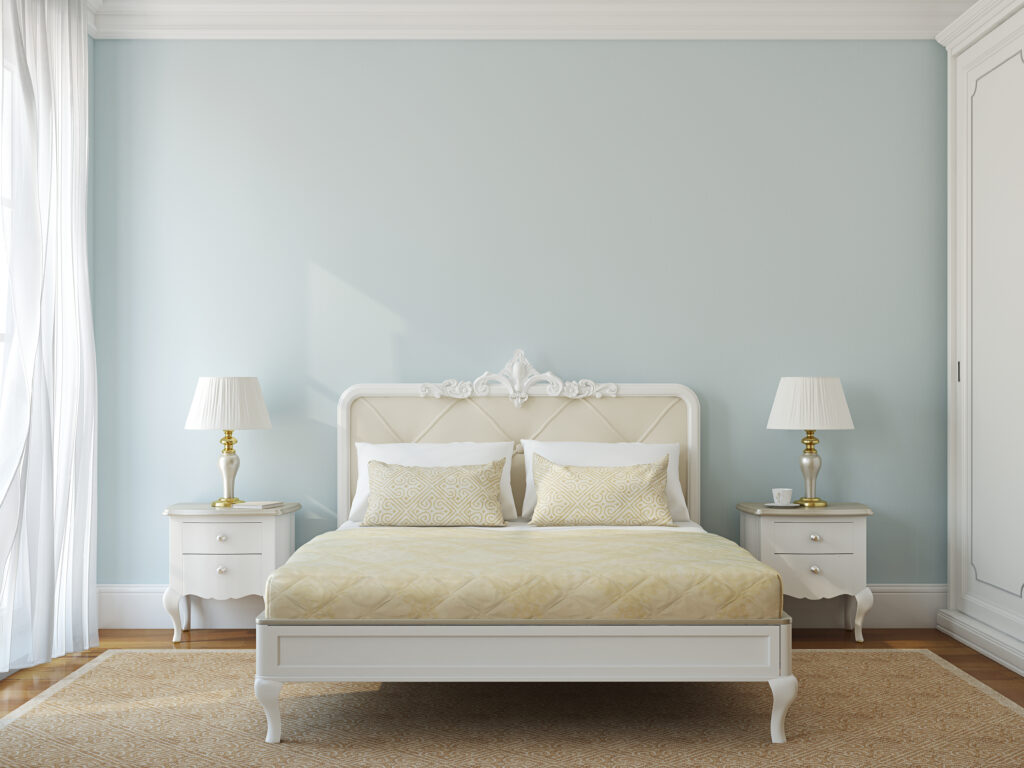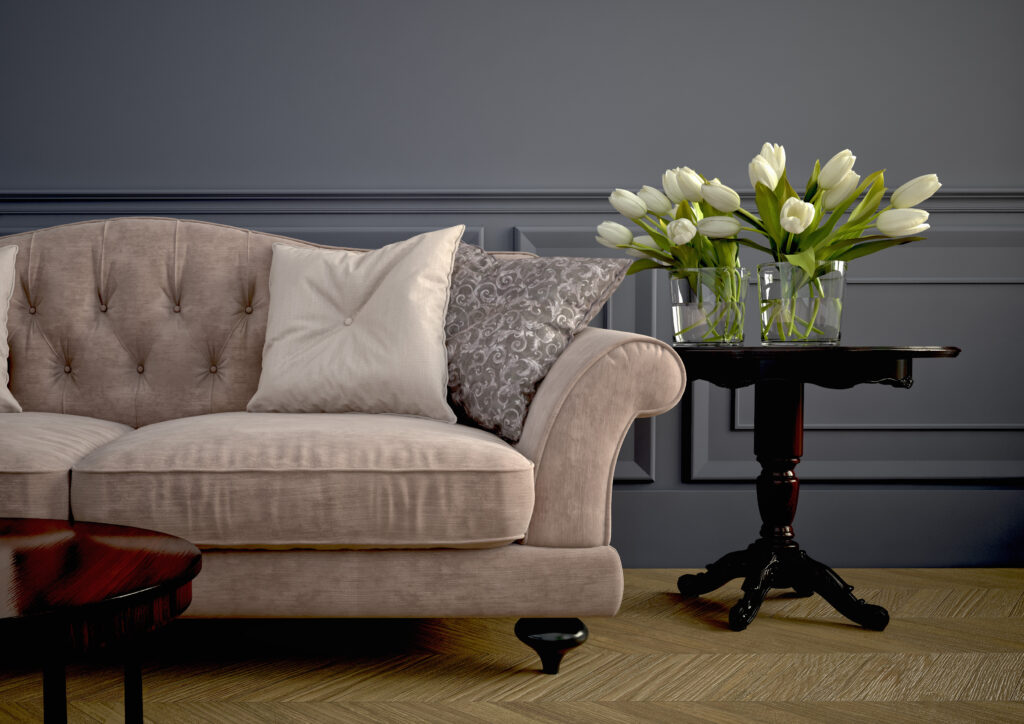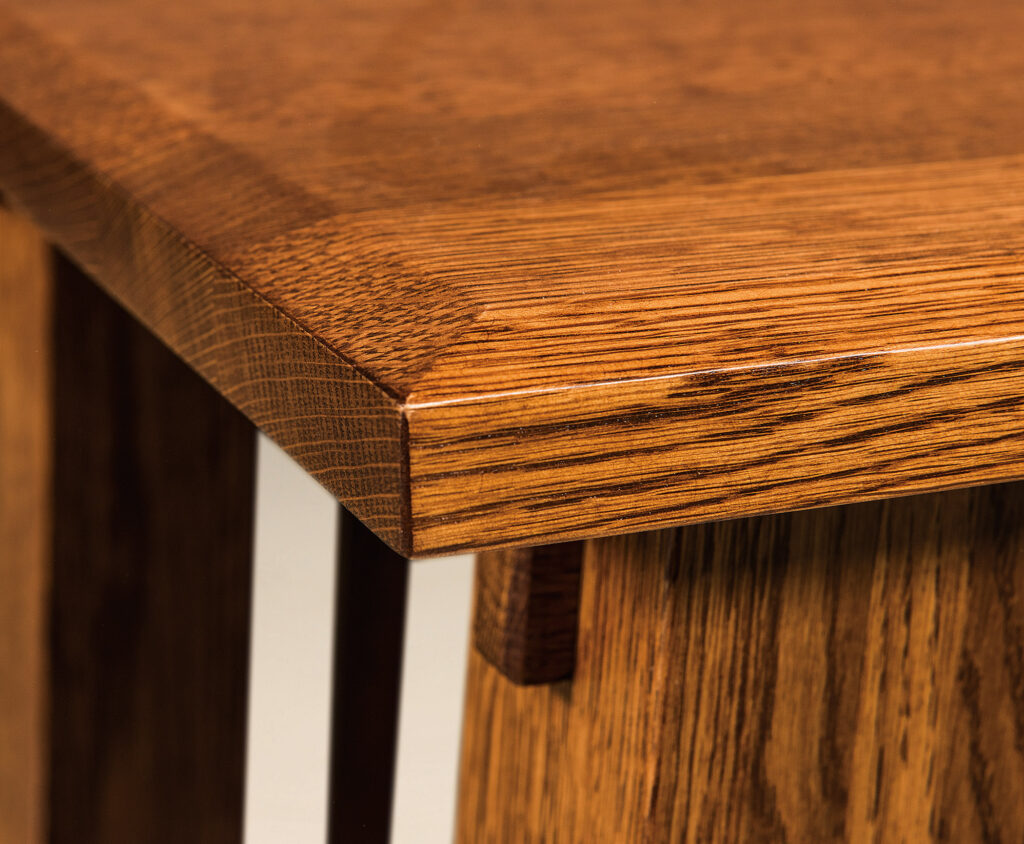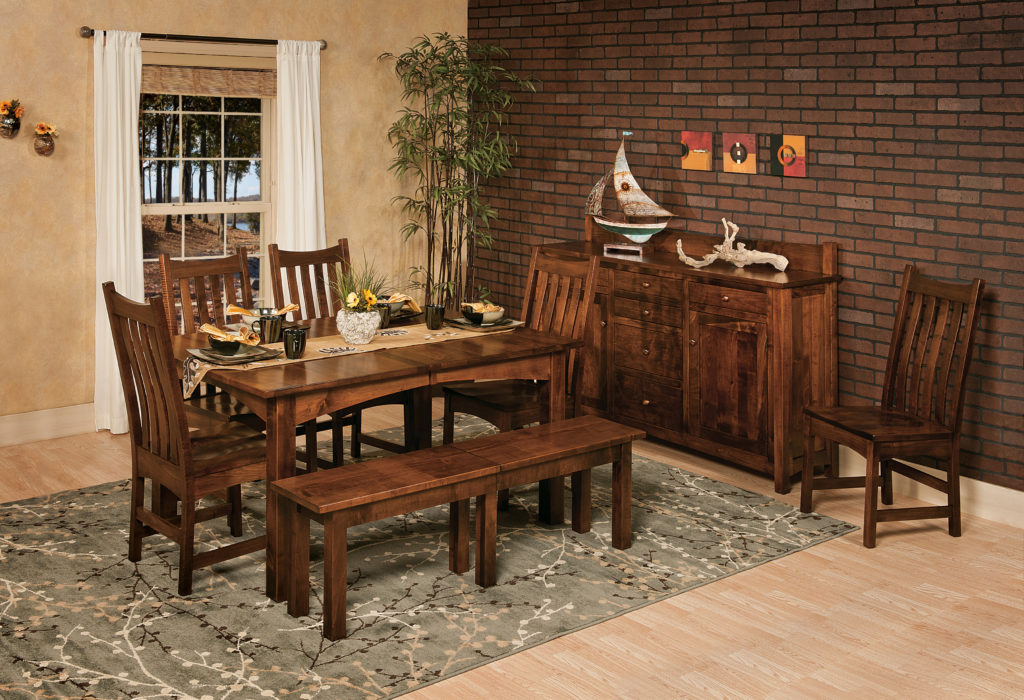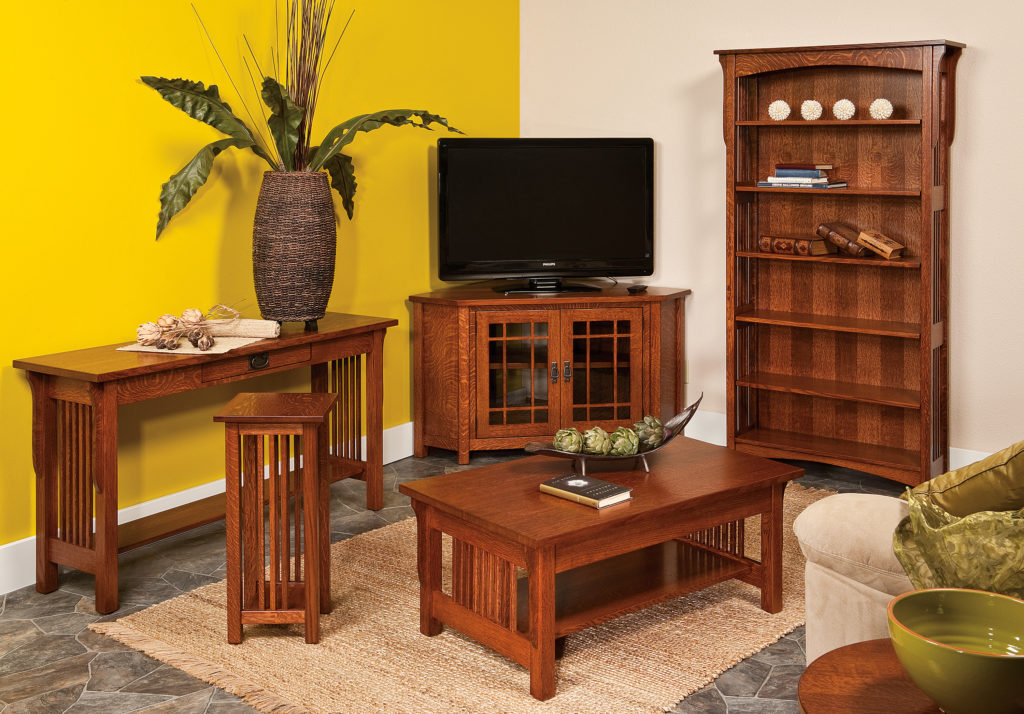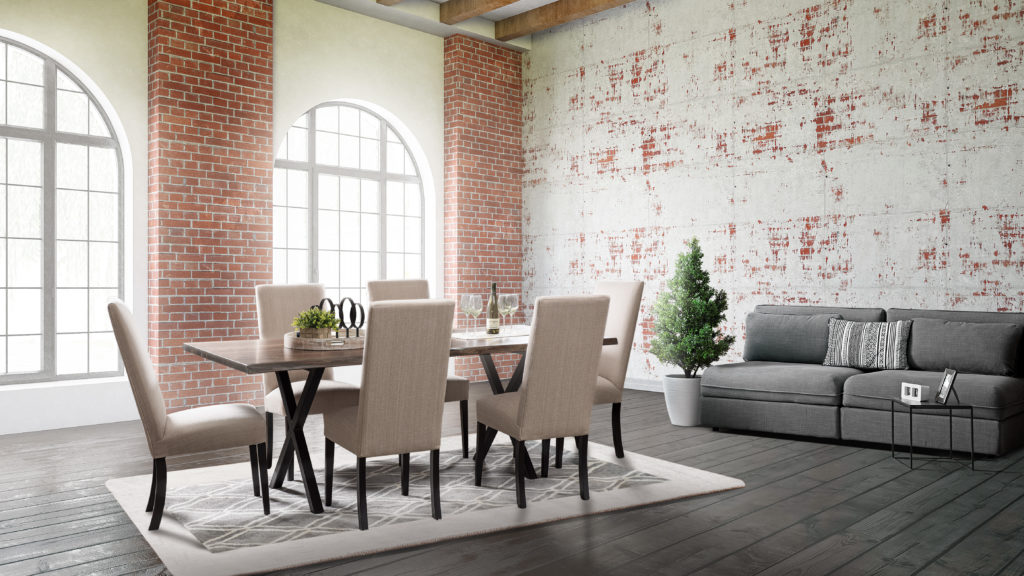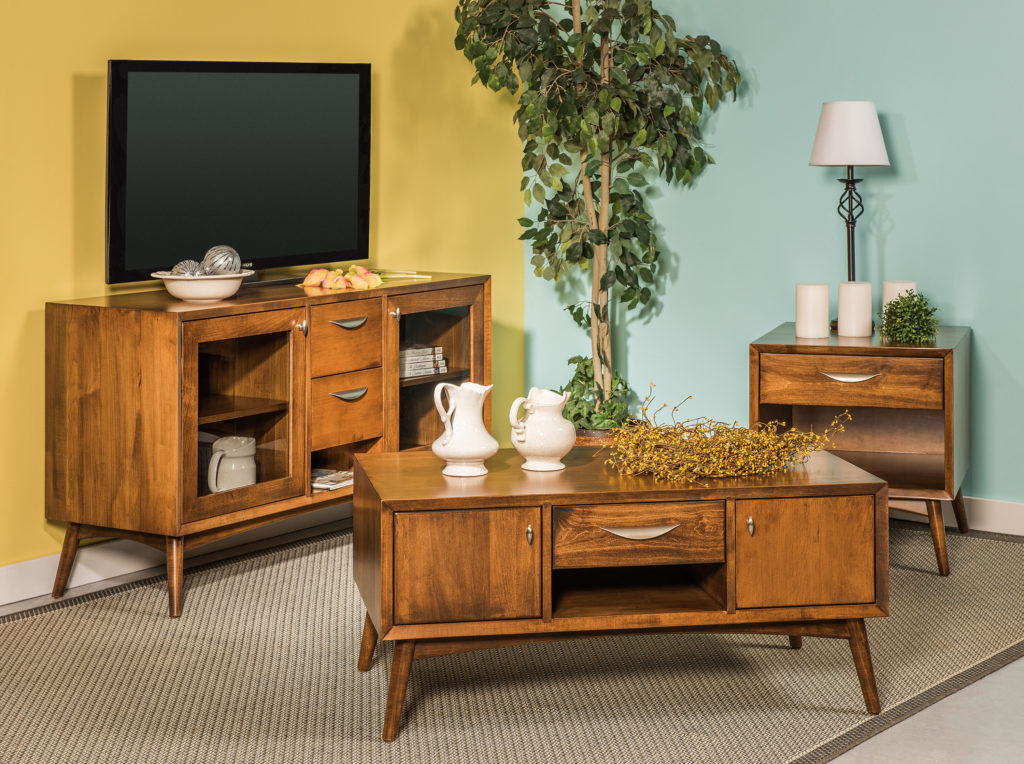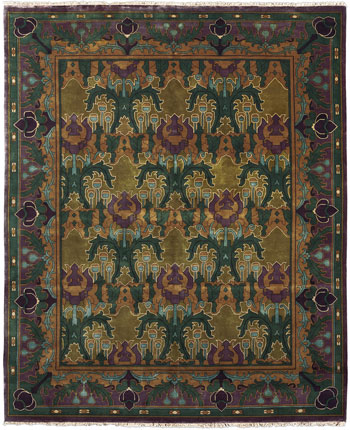Are you a fan of timeless interior design? Are trends not your thing? Do you want your home’s interior to always be in vogue? Keep reading to learn seven tips for incorporating traditional style into your home.
What Is Traditional Interior Design?
When people talk about traditional interior design, they are usually referring to the style that first became popular in Europe in the 18th and 19th centuries. During this time, people took inspiration from classical antiquity.
However, when used in the 21st century, it’s not stuffy or boring, as you may be imagining. Today, traditional interior design reinterprets historical design principles in a polished, timeless way.
To get inspiration and gain a greater understanding of this decorative style, look online or peruse magazines to see ways other people are incorporating traditional principles into their designs and get an idea of what you want in your home.
#1. Symmetry and Order
One of the most important principles in traditional interior design is symmetry. Furniture pieces should be symmetrical in their individual design, and a room’s decor should be laid out symmetrically whenever possible to achieve a sense of harmony and balance.
#2. Architectural Details
Classical architectural details like wainscoting and crown molding are good ways to incorporate traditional style in your home without spending too much money. With a little research and careful preparation, you can even do it yourself! Just get some trim at the hardware store, cut it to size, nail it into the drywall of your home, and paint over it.
Wainscoting and crown molding are great ways to add visual interest and depth to your walls and ceiling and set your home apart from others. However, don’t go overboard — overreliance on ornamentation will make your home look dated.
#3. Classic Decor
Look for furniture pieces that have a traditional silhouette, like something you could imagine in Versailles or a fancy regency-period estate. Classic decor, like chandeliers and books, never goes out of style.
However, if all of your furniture and decorations are fit for a palace, your home will feel stuffy and uncomfortable. These pieces can also be more expensive. Invest in larger pieces of furniture like a couch or bed with traditional silhouettes, then fill in the rest of your space with more modern pieces for a fresher feel. Stay away from trendy pieces, though — within a few years, they will make your home look outdated.
#4. Color Scheme
To create an elegant, timeless interior, pay close attention to the color scheme. Utilize neutrals such as white, brown, and beige, with pops of color, especially jewel tones. Avoid using too many colors, since it can make your space look too busy and incohesive.
Sticking to a color scheme will elevate your space and ensure your decor feels intentional, but if everything looks like it comes from a matching set, it might come off as tacky. Finding the right balance between too much and too little is tricky, but it will be worth it in the end.
#5. Subtle Textiles and Classic Patterns
Textiles are used in upholstery, draperies, pillows, tablecloths, and rugs — anything made of fabric. If you’re going for a more traditional feel, when choosing textiles for your home, avoid anything too bold. Damask, floral, striped, or plaid patterns are always a good choice. Subtle textures such as velvet, cotton, and wool add depth without being too overwhelming.
#6. Window Treatments
Don’t neglect your windows! Window treatments can do a lot to add elegance to a room and are an important part of traditional interior design. Floor-length or layered curtains are a great way to make your home feel luxurious. Stay away from curtain valances, though — they can easily make your home look more like a hotel room.
#7. Dark Wood
Light-colored wood is a trend for furniture right now, but trends are constantly changing. It’s a safer bet to go with classic darker wood furniture. High-quality wood furniture is an investment, and you want it to look good in your home no matter what happens to be in style at the time. Look for more traditional silhouettes and finishes.
High-Quality Wood Furniture From Sugar House Furniture
If you’re looking to incorporate traditional design in your home, you’ll love our mission-style furniture! We offer beds, dressers, shelves, tables, chairs, and so much more — anything your home could need. Come visit Sugar House Furniture in Salt Lake City, Utah, or browse our offerings on our website today.

